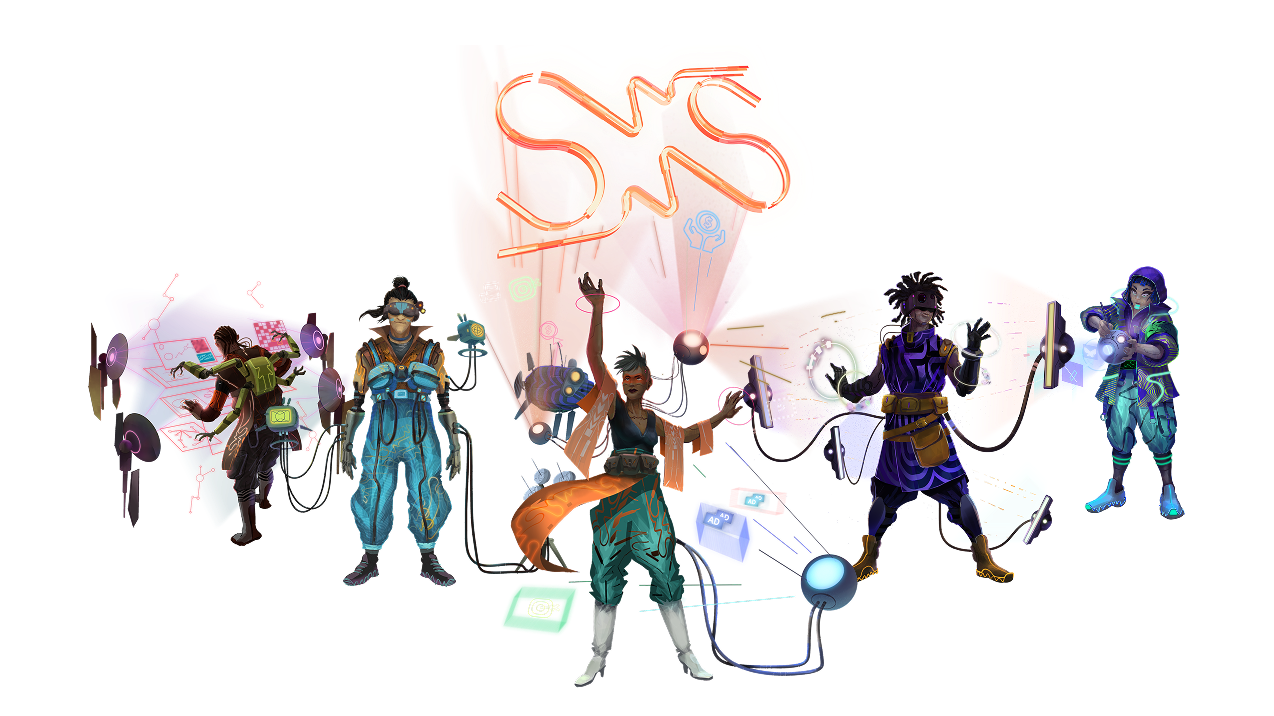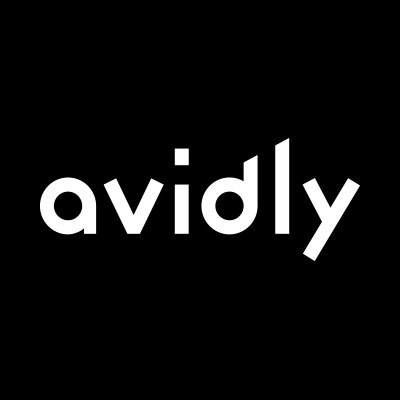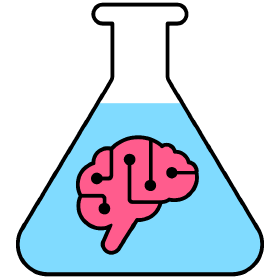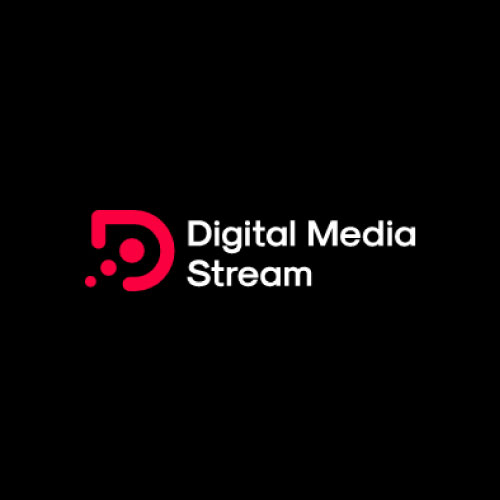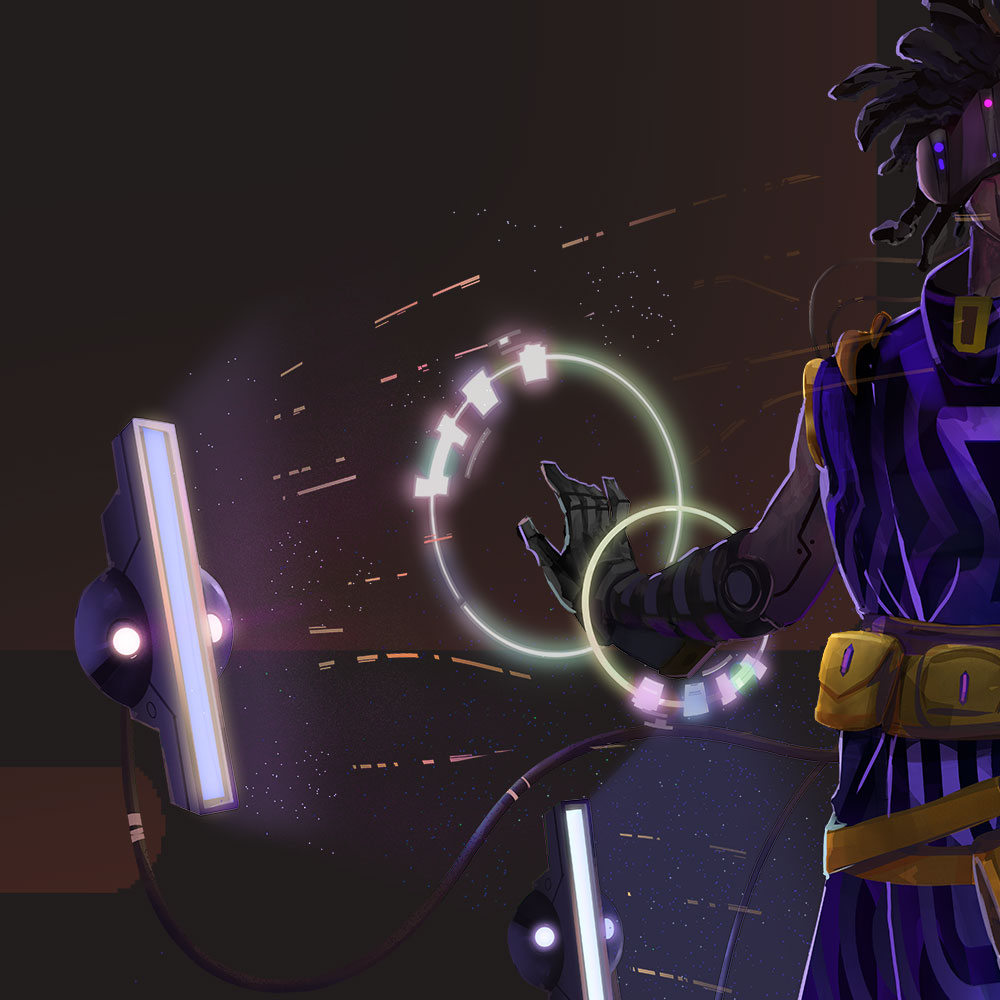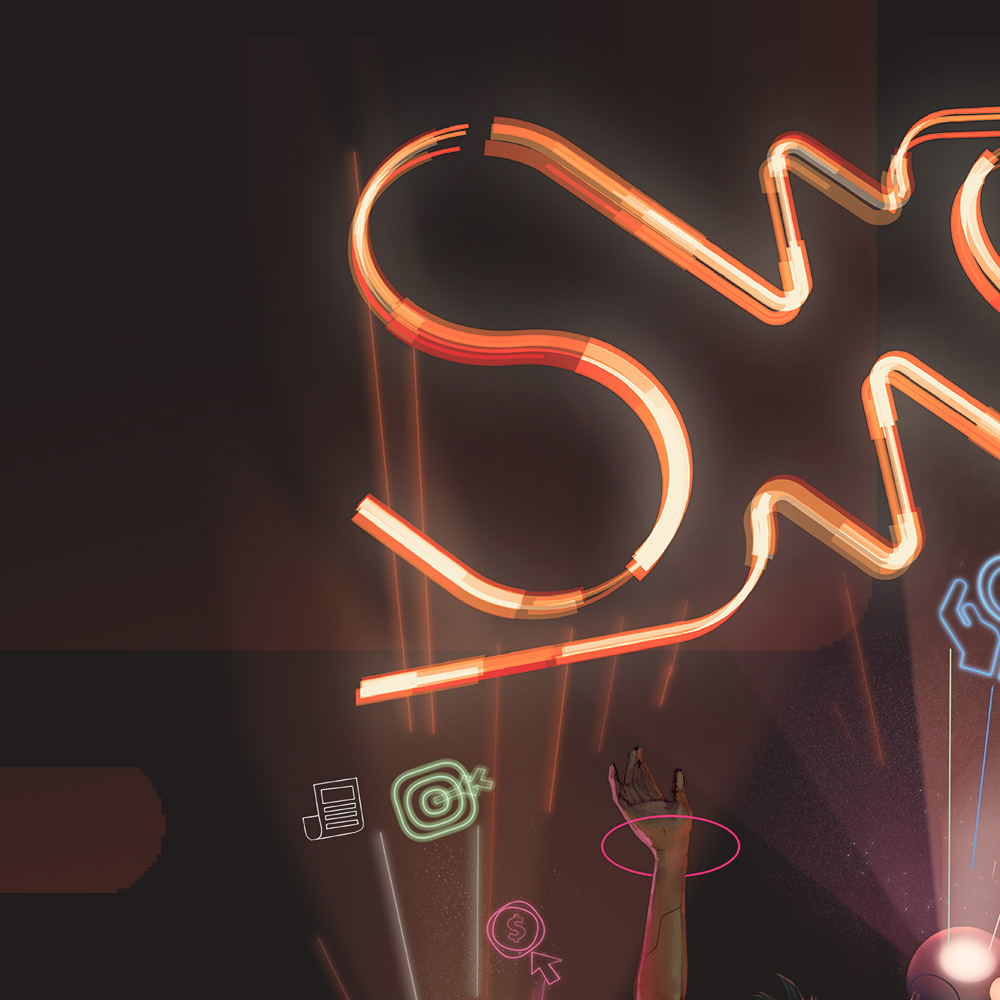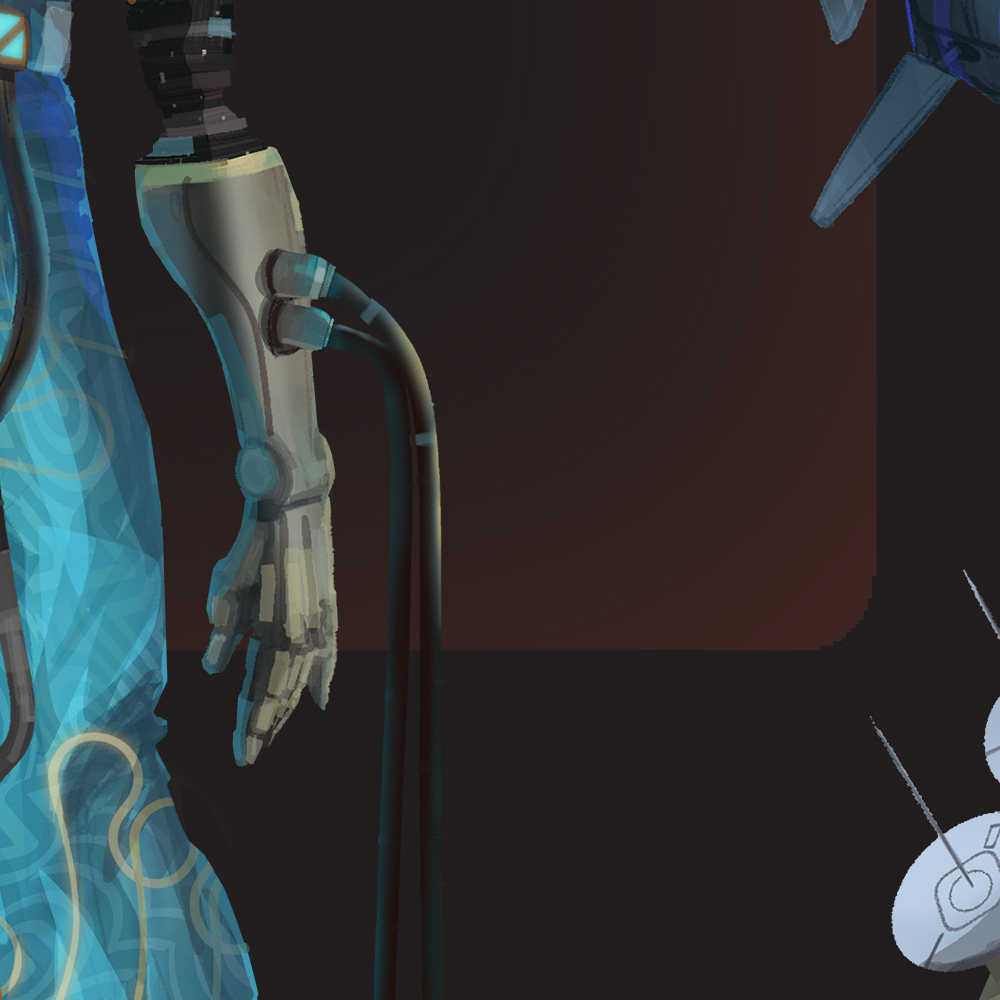
A funnel is a simple and a well known analogy in B2B marketing for describing the process and volume of generating business through marketing. The funnel refers to the number of people that interact with your business and how many of them end up becoming customers.
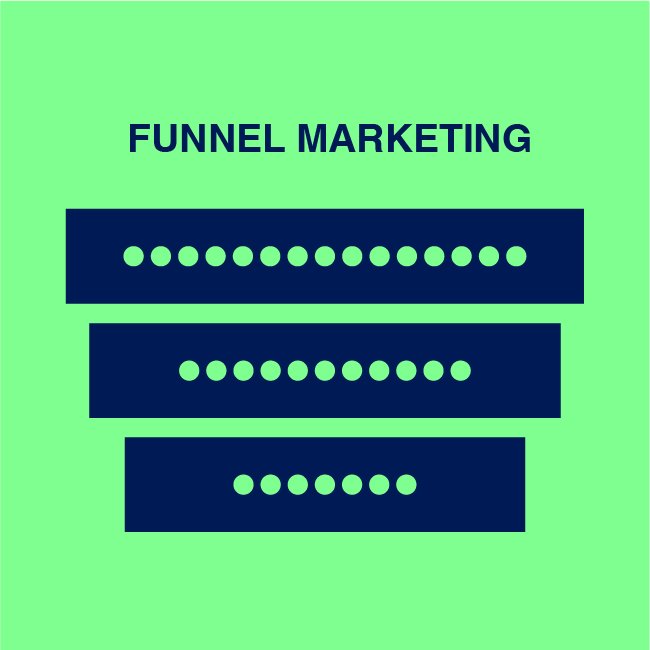
As you can imagine lots of people may become aware of your business through advertisements, word of mouth and other means but there are a lot of steps and requirements to be met before someone ends up becoming a paying customer.
This is why the funnel analogy is so handy. Wide at the top, where you have the highest volume of people and small at the bottom where you have the people are companies that end up being engaged and part of your buying process.
What does “full funnel marketing” mean?
So with the funnel analogy firmly established, marketers started to take it a step further by talking about the funnel more and more. Often the term “full funnel” marketing is used to describe a marketing strategy that engages every stage of the funnel.
The different stages of the marketing funnel
To make things simple, somebody coined the idea of splitting the funnel into 3 broad stages. Top, middle and bottom. With each of these stages come different objectives and tactics to be implemented.
Top of the Funnel (ToFu)
The top of the funnel refers to the widest part. In marketing terms this refers to the largest number of people that are in contact with or interact with your business. Typically in B2B SaaS marketing to be ‘within someone's funnel’ you need to have taken some basic action such as visiting the website or following them on social media.
Middle of the Funnel (MoFu)
The messy middle as some people call it is where all the action happens in marketing. In the middle of the funnel buyers are ideally consuming content and taking actions that show progressively higher intent to buy. This is where you build trust and authority with your buyers
Bottom of the Funnel (BoFu)
At the bottom is where you finally convert a prospective buyer into a customer! This bottom part of the funnel can be a lot about sales enablement (if you have a sales team). It’s also where the final details of a purchase are defined, such as the price and contract and all of that jazz. As you can imagine this is where the fewest people end up, well unless you have some ridiculous conversion rates.
Analysing your marketing funnel efficiency
The good thing about using this funnel analogy is that if you look at the 3 stages and define them at your company. Usually this means defining contact stages such as Lead, Marketing Qualified Lead and Sales Qualified Lead. Once you have these stages defined you should measure the conversion rate from one stage to the next and place these within your funnel.
I actually wrote another article specifically about B2B SaaS marketing metrics that uses the funnel as a framework which may be useful to you.
Is funnel marketing still applicable today?
The analogy of the funnel is just one way of thinking about how potential customers interact with your business, it has gained so much importance because it’s easy to understand and to explain which is why it is still used today.
Is it still relevant today? Yes, it is. The idea of the funnel will always be applicable when it comes to marketing because you will always have the
Mapping complex buyer journeys
One of the reasons why the funnel is still applicable today is that in B2B marketing, you can often have very complex and lengthy buying journeys with multiple stakeholders. These are often hard to understand and to map out in a consistent way.
Problems with the funnel model
There are some ideas within sales and marketing that are not really explained in the funnel. One being retention and referral growth. The funnel only really considers the buying journey up until the point of purchase. This misses out an important part of marketing which is to support existing customers along with customer retention teams (customer success).
Word of mouth and referrals typically are the best converting channels for any business. As you can imagine, referring a peer to a piece of software or company is a stronger endorsement than any advertising you could possibly do.
Multiple funnels
One thing that I think a lot of people tend to forget about is that the funnel is designed to mirror a buyer's journey at your company, not their journey personally, if that makes sense?
An example would be imagine you are researching accounting software for your start-up. You spend a lot of time looking online and reviewing 3 or 4 options. At this point you are at the top of the funnel for those 3 companies. At this point the question is which one will you reach the bottom of!
Marketing and sales can only do so much
Another important thing to remember as a B2B SaaS marketer is that you can only do much, even with the most perfectly executed marketing plan, you may still find a lot of your prospects and not find their way to the bottom of your funnel.
This is much more relevant in modern marketing as products are a lot more exposed than they used to be. In the past a technology product before being available to “try for free” could be kept behind lock and key a little bit and then tweaked when delivered to the client.
Now, however, the product does a lot of the heavy lifting when it comes to the middle and the bottom of your funnel. Especially at the bottom, when prospects are reviewing the software they may be using everyday and spending their companies money on. They want to make sure they are making the right choice for their business, their reputation can bank on it.
Product development and marketing
This is where marketing teams and product marketing need to have a big say on how the product is developed to match the target audience.
Using closed lost data
One simple way of doing this is recording consistent data on when a deal is closed and lost, and why. When it is a product reason you should raise this as a high priority request with the development and engineering team.
Summary
In summary, a funnel is a really useful way to think about the buyer journey of your prospects. It describes the basic journey a company takes from being aware of your business through to considering a purchase and eventually buying.
It doesn’t however describe the importance of marketing to retain customers and drive happiness, engagement and therefore reduce churn and increase word of mouth product referrals. My advice would be use the funnel for thinking about what content and tactics you need to have covered off but dont think about it is as the be all and end all of everything to do with marketing.
Find a B2B SaaS Expert
We've collected a directory of B2B SaaS experts and agencies that we've reviewed and categorised based on service and specialism for your review.
